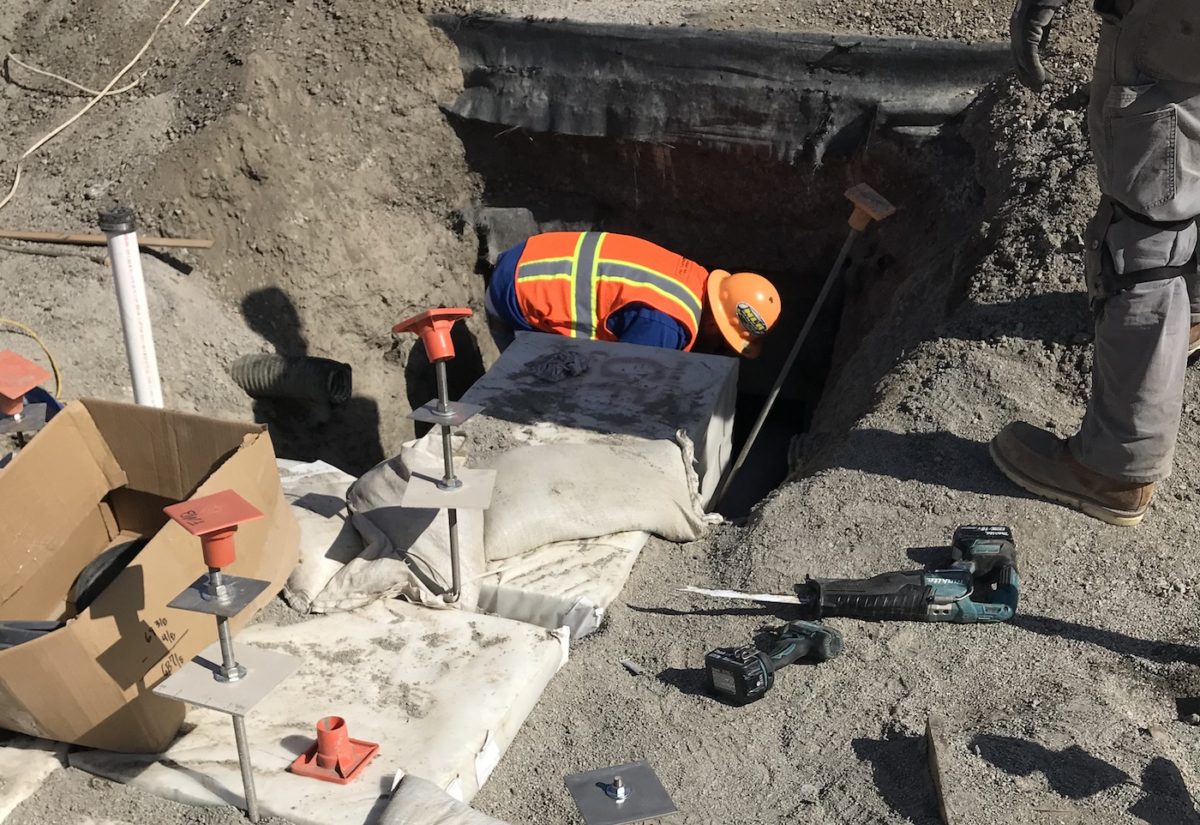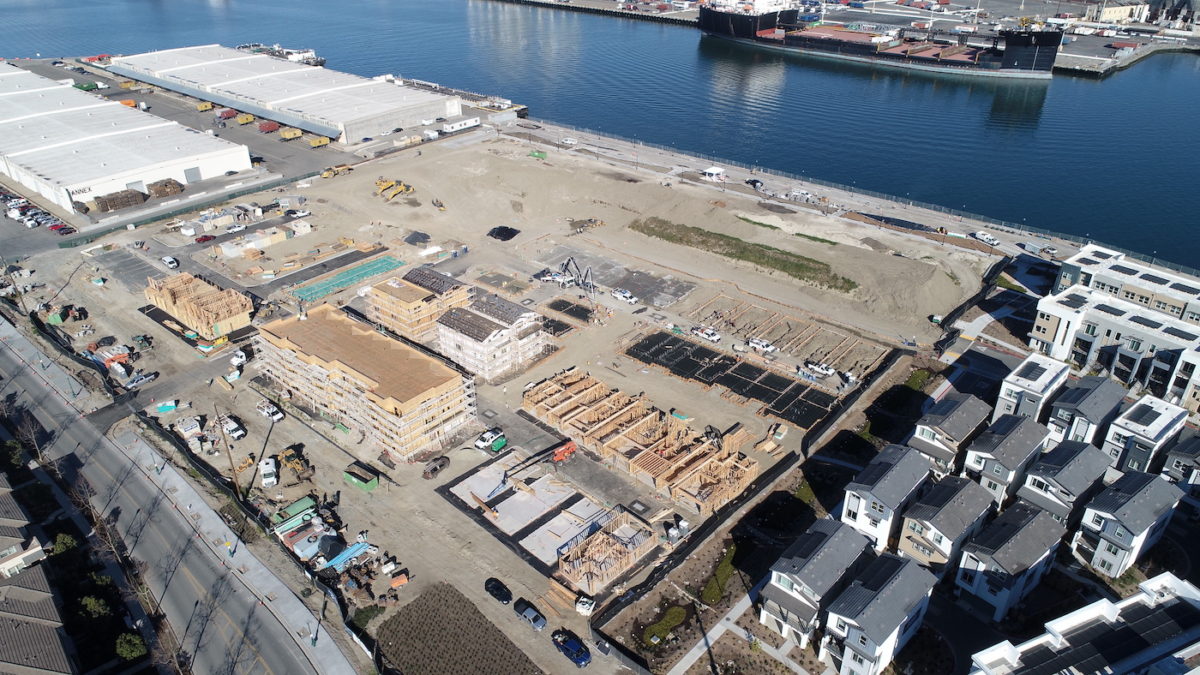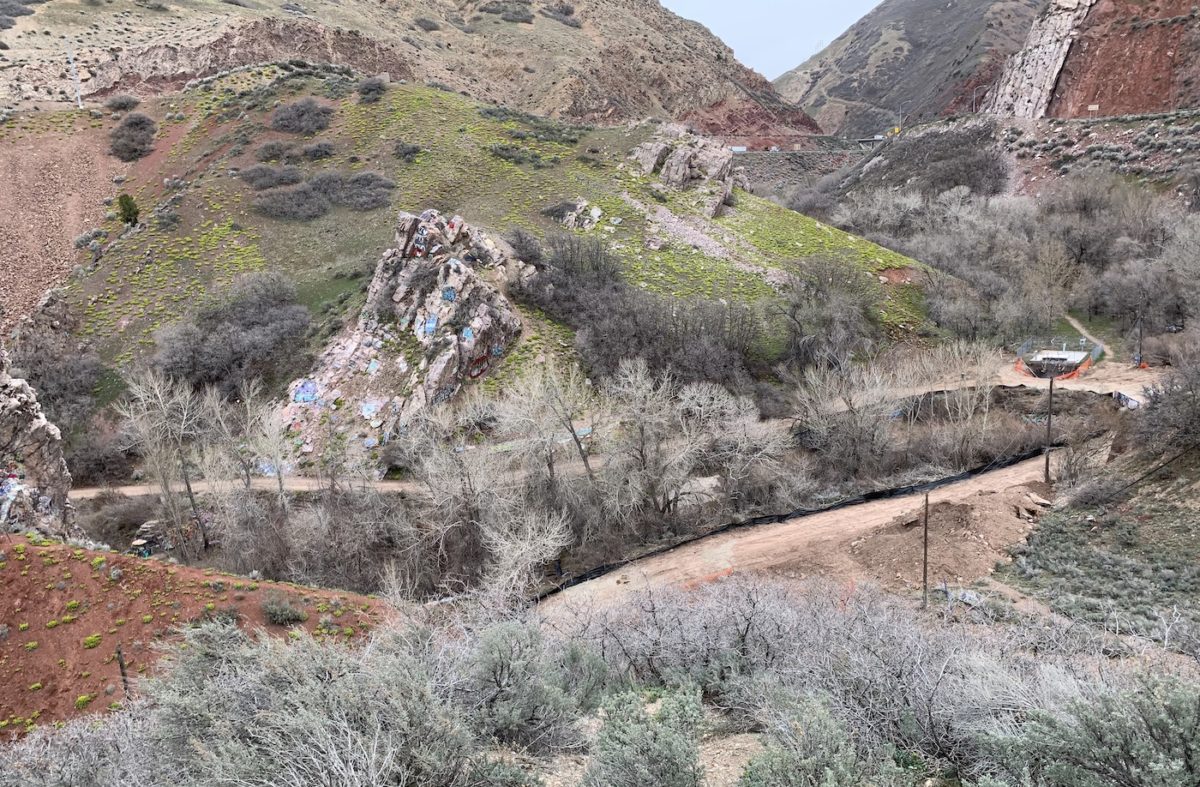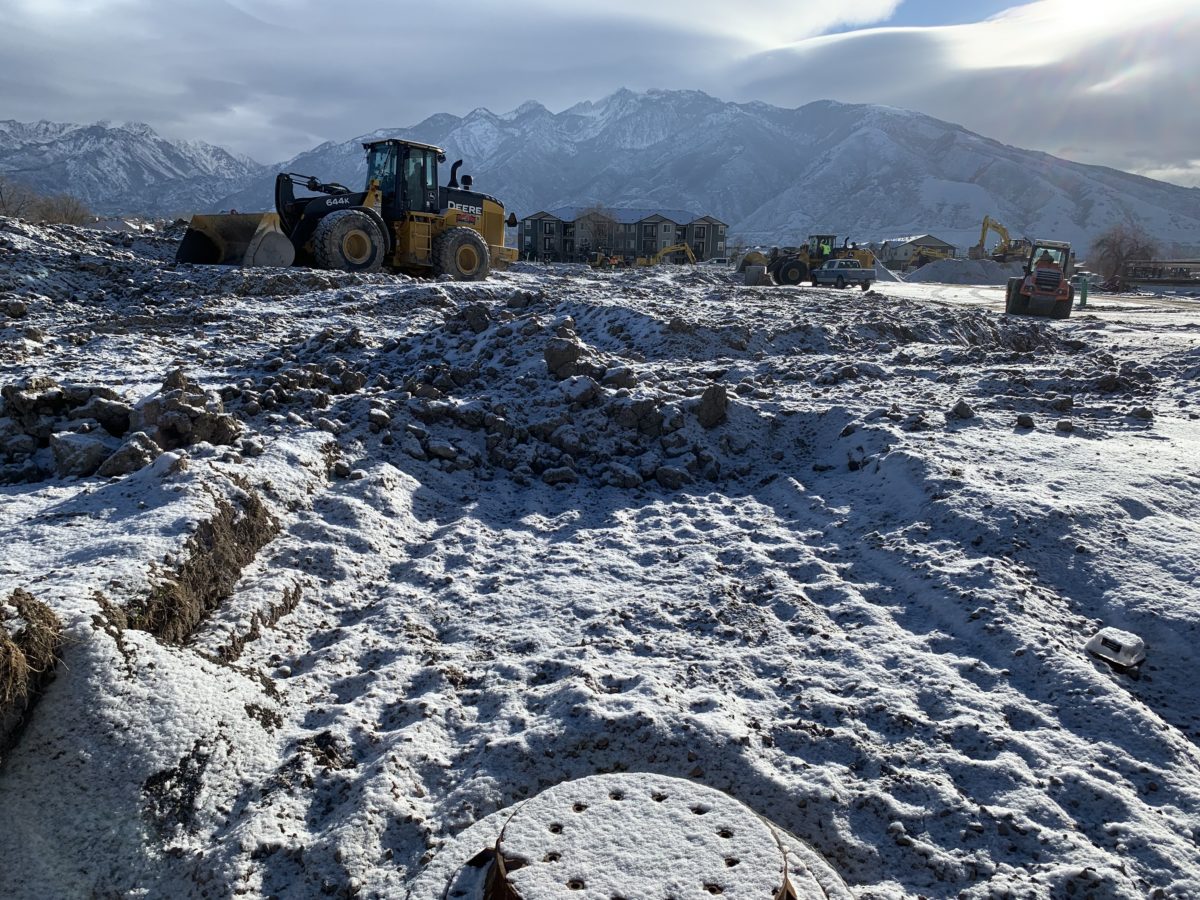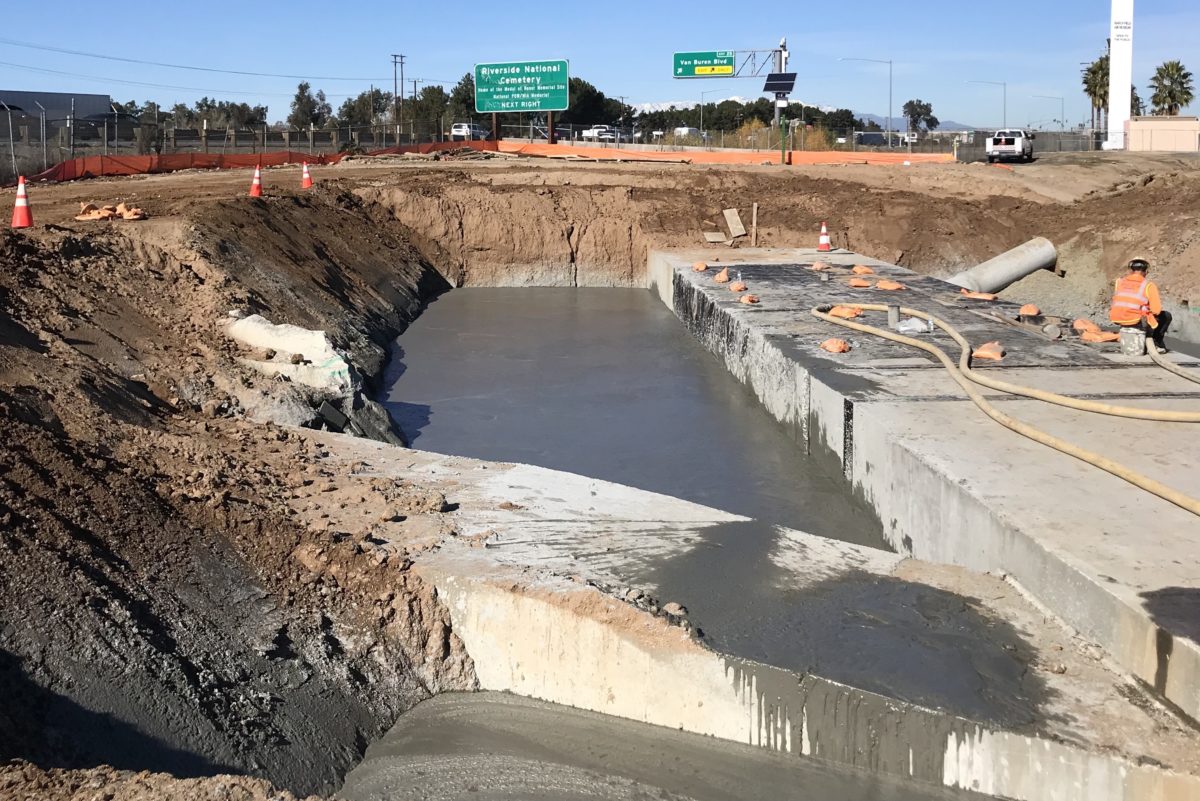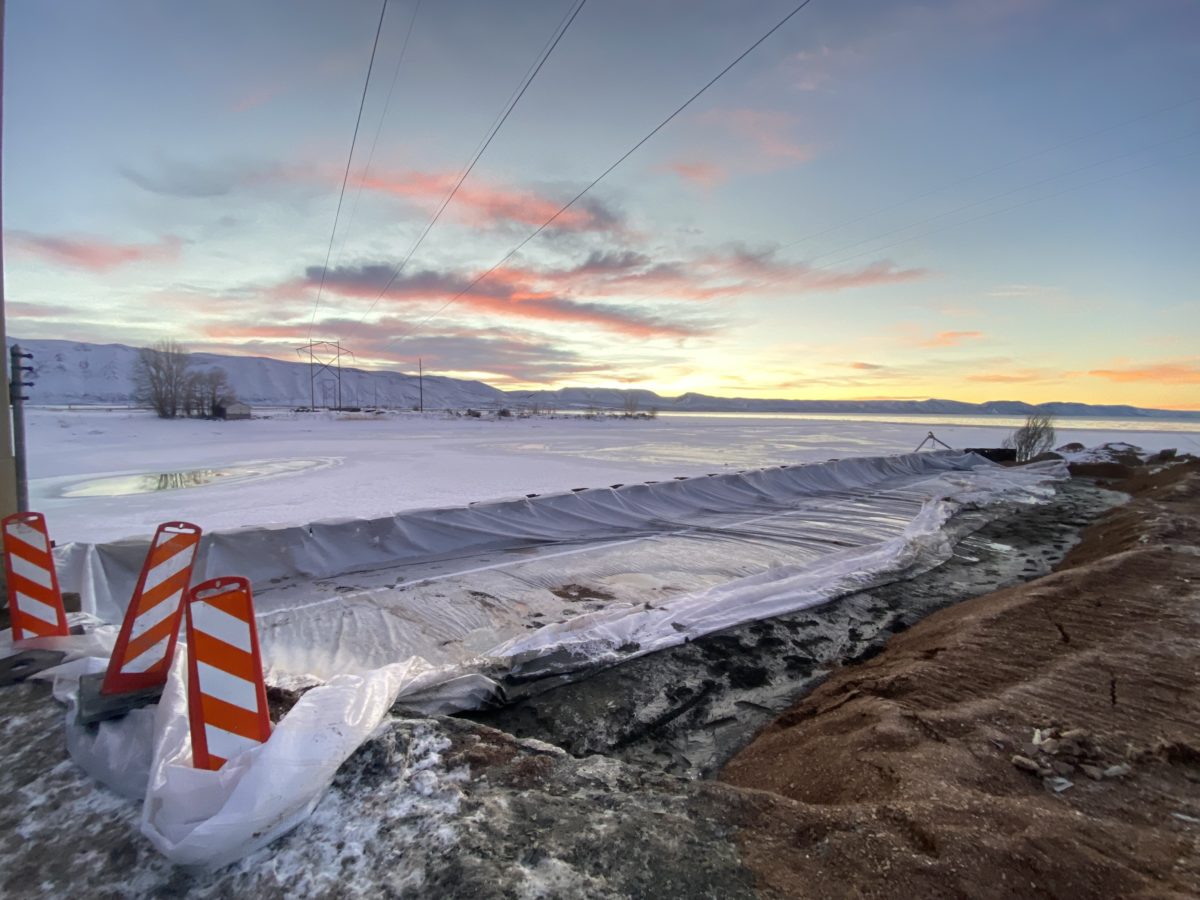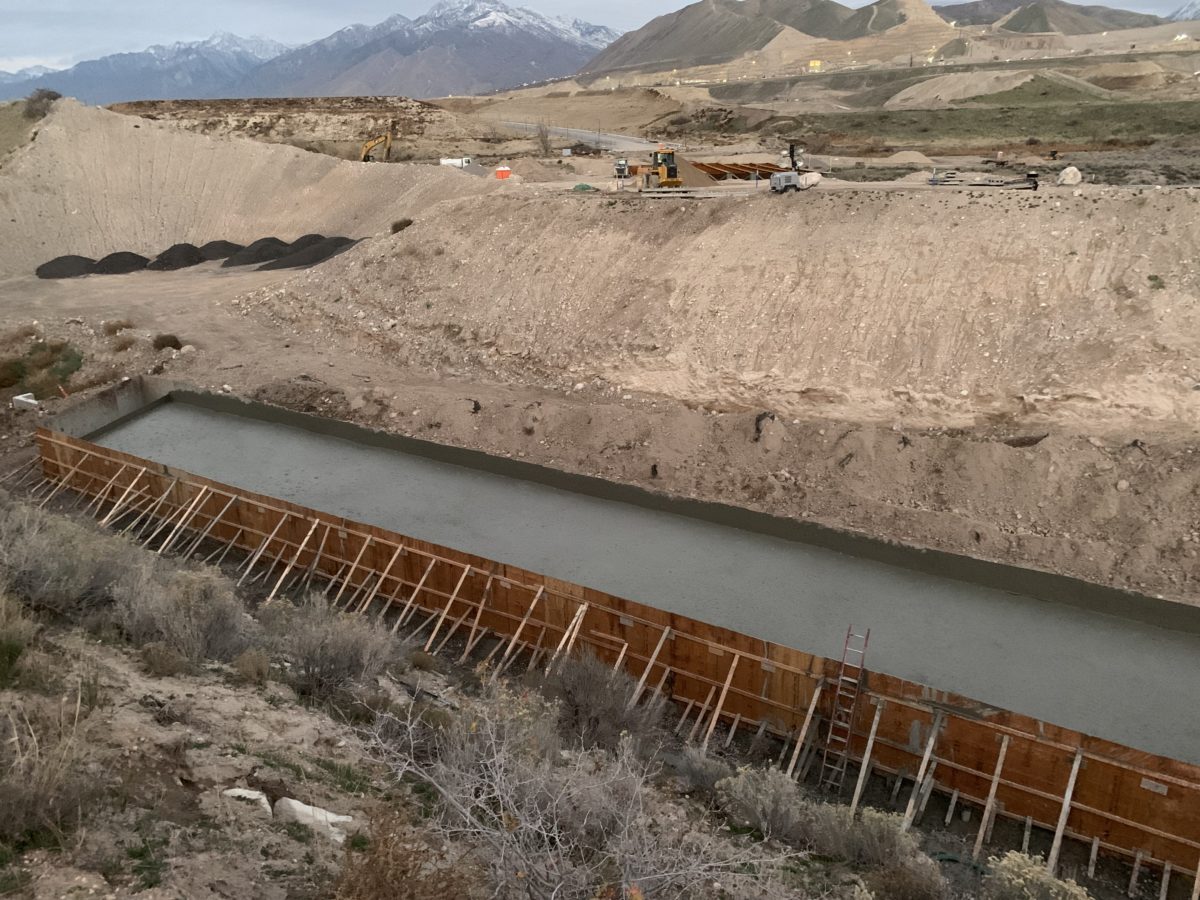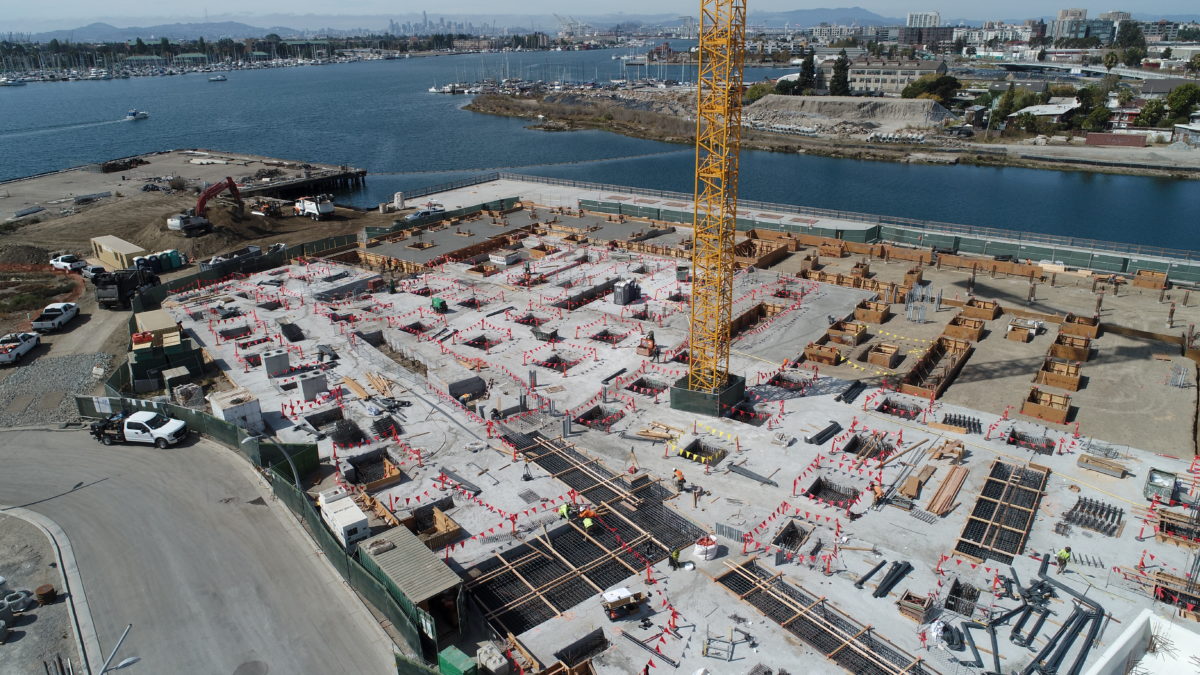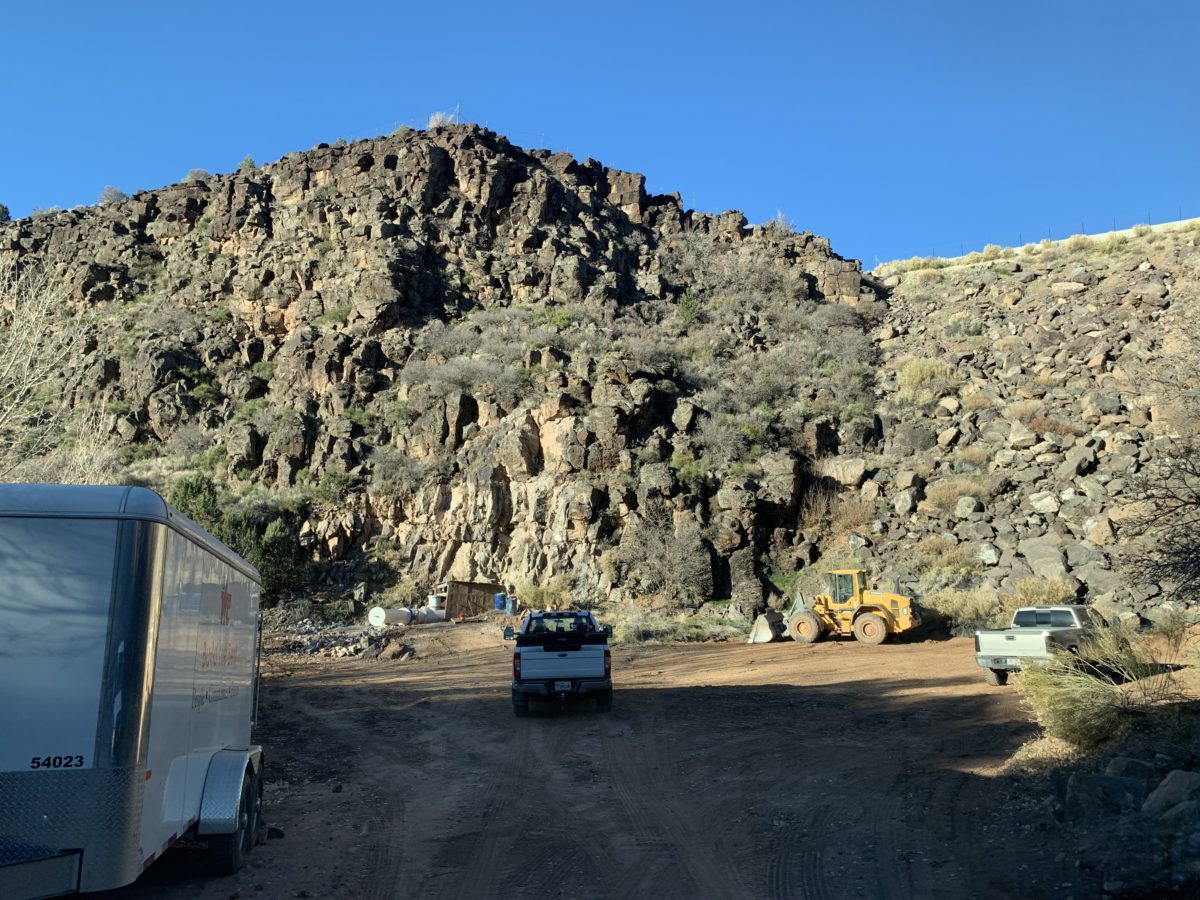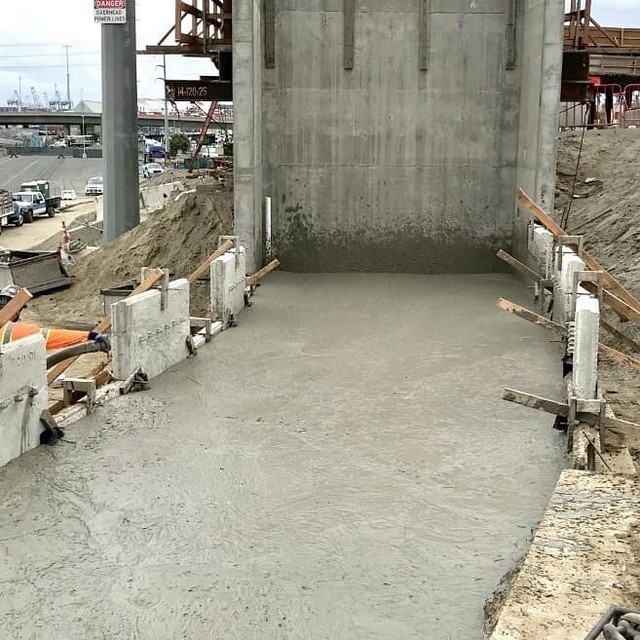Genesis Marina
Genesis Marina
PROJECT LOCATION
Brisbane, CA
The Project
This marina building project needed a material flowable enough to arrest all the electrical conduit lines in place, but strong enough to prevent cracking or damage over time. Access was difficult due to site logistics and the pour geometry. Heavy equipment could not be brought in to pour back in the trenches without damaging the utilities.
The Solution
The utility trenches were filled with lightweight cellular concrete and burrito wrapped once the material was cured to ensure the conduit lines were fully protected. Backfill material was then placed directly over the wrapped pour areas to finish the site and protect the electrical lines.

